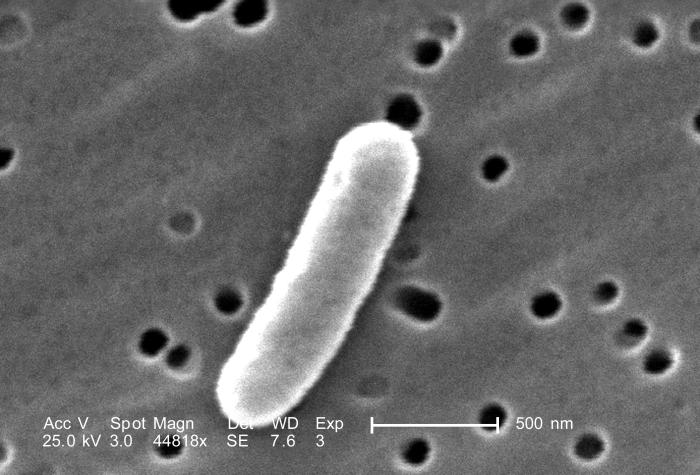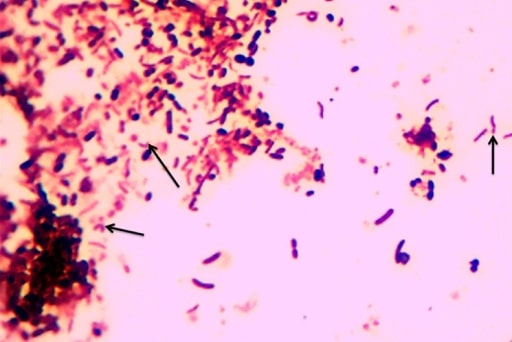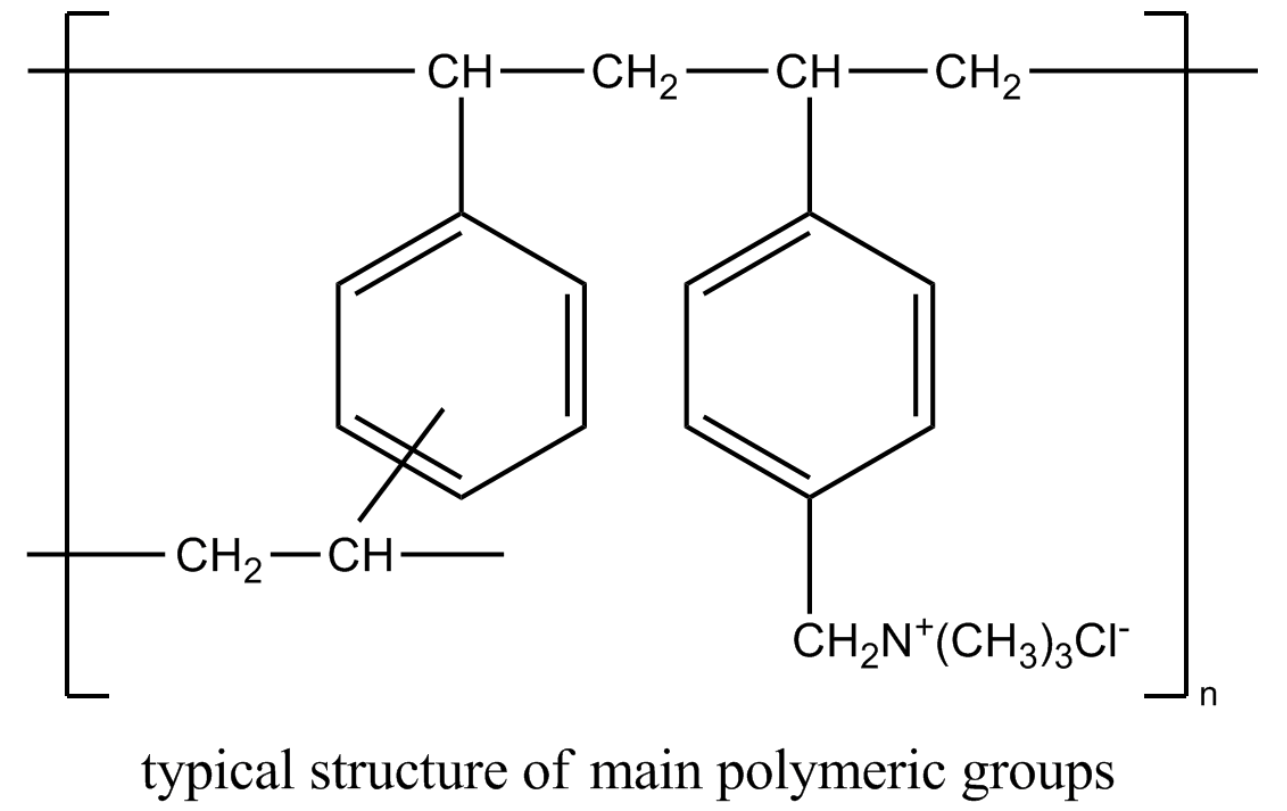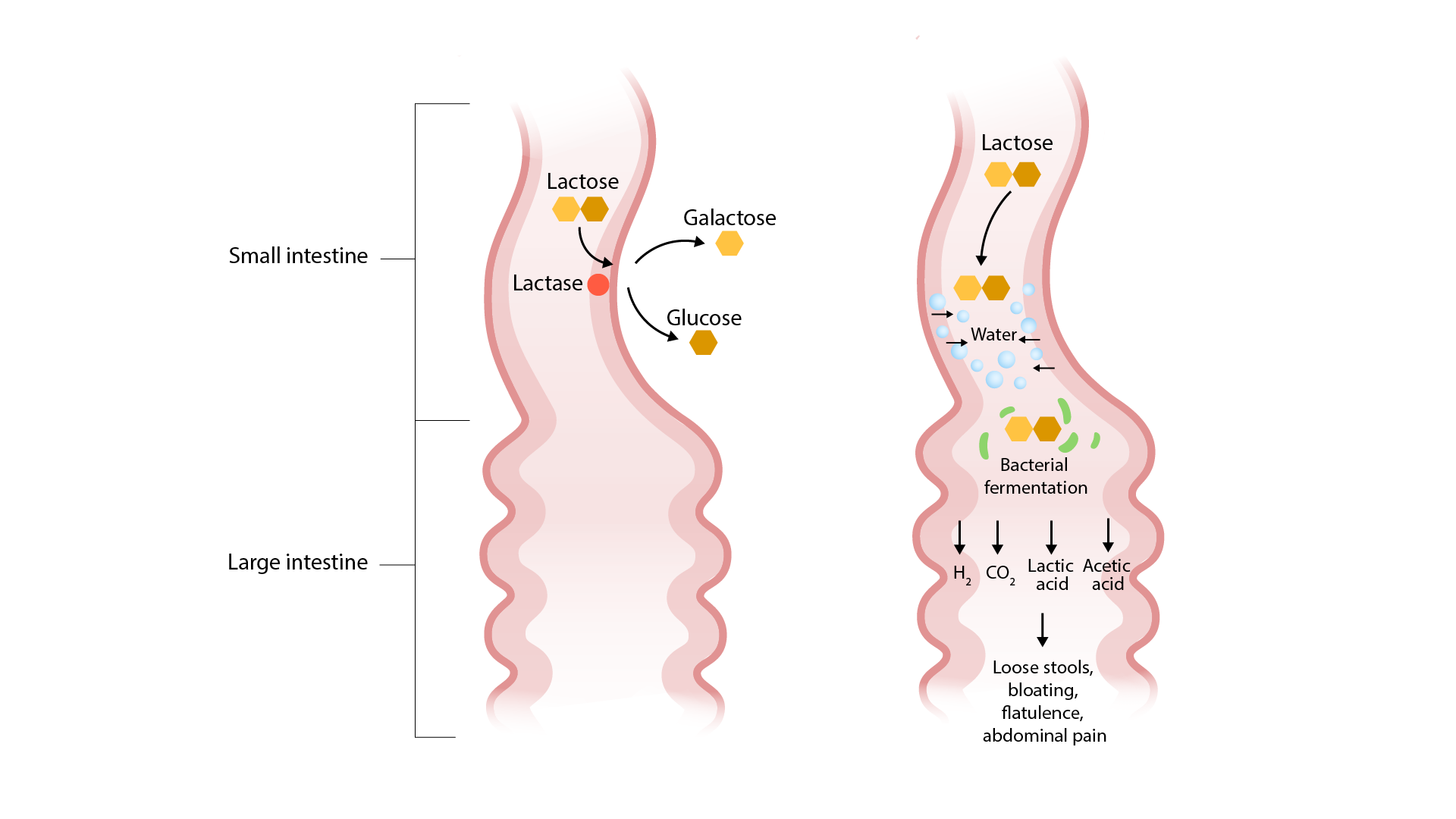Playlist
Show Playlist
Hide Playlist
Infectious Diarrhea: Diagnosis
-
Slides InfectiousDiarrhea InfectiousDiseases.pdf
-
Download Lecture Overview
00:00 So what's in the differential diagnosis of infectious causes of diarrhea? Well, one of them is ischemic bowel disease. We find that among the elderly. Some patients are actually sort of addicted to laxatives, you can have diarrhea with partial bowel obstruction, with Whipple disease. It's pretty rare but you can have it with pernicious anemia. There is such a thing among diabetics as diabetic viscera enteropathy and some patients have nocturnal diarrhea and that's interesting and good question to ask a diabetic. Do you have to get up at night to have a diarrhea stool? Persons who have disorders that cause malabsorption, small bowel diverticulosis, some connective tissue diseases like scleroderma are associated with enteropathy, celiac sprue from gluten intolerance and then ulcerative colitis and Crohn's disease. So how do we classify diarrhea? We need to decide whether it's watery diarrhea, whether it's acute dysentery, or whether it's something like typhoid fever, enteric fever. So let's talk first about watery diarrhea and talk about some of the characteristics. Patients who have most forms of watery diarrhea do not have fever and ordinarily this is a disorder that has a short incubation, 1 to 6 hours especially if there is pre-formed toxin present in the food and as I mentioned earlier vomiting is more prominent in that type of food poisoning but watery diarrhea certainly can occur. Then there is the longer incubation form of watery diarrhea with an incubation of 8 to 16 hours and they ingested the organism but the organism didn't make its toxin until after it got into the body. Vomiting would be less prominent and abdominal cramps are quite prominent and by the way, just doctor to doctor, a good physician should ask about the cramps. Are the cramps located in the periumbilical region? If so, that points to a small bowel cause of diarrhea. On the other hand, if the cramps are below the umbilicus in the hypogastric region, that's a point in favor of large bowel causes of diarrhea. Then we ought to ask about the volume of the diarrhea. So, you need to find out from the patient how many times a day are you having diarrhea and is it large volume or just a small volume? It turns out that causes of watery diarrhea are characterized by large volume diarrhea. As a matter of fact, sometimes they had so much diarrhea, watery in nature, that they can't hold it and a question you might ask the patient would be "Mrs. Jones, have you ever had an accident on yourself because of your diarrhea?" and then obviously signs and symptoms of dehydration like excessive thirst. So when would you need to do a stool exam? Well, obviously in those patients who have a severe form and what you're looking for in the stool in patients with watery diarrhea is you're making sure that there are no white cells in the stool or that your Lactoferrin which is a test for the evidence of white cells in stool. You want to make sure they don't have that because most forms of watery diarrhea do not have white cells in the stool and if they did have you would start looking for a more invasive type of pathogen. So, here's a short list of the pathogens that can cause watery diarrhea. The most prominent among them is Vibrio cholerae, the cause of cholera and then there are a whole series of Escherichia coli organisms that can cause watery diarrhea. There is enterotoxigenic E. coli, enteropathogenic E. coli, enteroaggregative E. coli and diffusely adherent E. coli. They all look alike under the microscope. Then there's Clostridium perfringens which can cause a form of watery diarrhea. If you remember, other Clostridium make toxin like Clostridium botulinum so it shouldn't surprise you that Clostridium perfringens can make a bowel toxin and then Bacillus cereus is a cause of watery diarrhea.
About the Lecture
The lecture Infectious Diarrhea: Diagnosis by John Fisher, MD is from the course Gastrointestinal Infections. It contains the following chapters:
- Infectious Diarrhea – Diagnosis
- Diagnosis – Watery Diarrhea
Included Quiz Questions
Which of the following pathogens usually causes watery diarrhea?
- Bacillus cereus
- Shiga toxin E. coli
- Campylobacter
- Salmonella
- Yersina
What does an incubation period of 8-16 hours prior to the onset of profuse watery diarrhea indicate?
- That the toxin was formed after ingestion of the contaminated food.
- That the toxin was formed prior to ingestion of contaminated food.
- That the patient is slightly immunocompromised and needs full evaluation.
- That there may be underlying partial bowel obstruction.
- That the pathogen is an invasive species.
What is typically seen on stool exam in cases of watery diarrhea?
- Absence of fecal leukocytes.
- Positive lactoferrin
- Mucous
- Blood
- Glycosaminoglycans
Which of the following is not included in the differential diagnosis for diarrhea?
- Systemic lupus erythematosus
- Ischemic bowel disease
- Laxative abuse
- Ulcerative colitis
- Scleroderma
Customer reviews
5,0 of 5 stars
| 5 Stars |
|
5 |
| 4 Stars |
|
0 |
| 3 Stars |
|
0 |
| 2 Stars |
|
0 |
| 1 Star |
|
0 |







